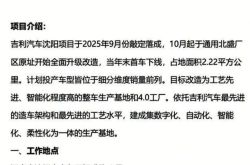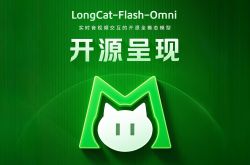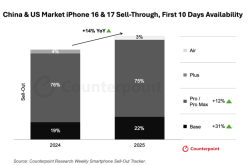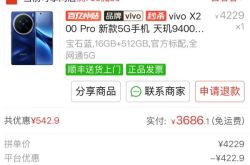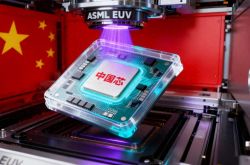Mobile Phone Makers Enter MR, vivo Brings Unique "Old Experience"
![]() 08/25 2025
08/25 2025
![]() 583
583
The global Mixed Reality (MR) market is experiencing a pivotal shift from novelty to widespread adoption.
Market data clearly delineates its growth trajectory: In 2024, the global market size reached $72.4 billion, and at the current growth rate, it is projected to surpass $290 billion by 2028. Shipments and user scale are also on the rise, with 32 million active users in China alone, and the growth rate consistently hovering around 20%.
Behind these numbers lies industrial upgrading fueled by technological iteration and user demand. These smart headsets, once regarded as "geek toys," are gradually shedding their niche labels and moving closer to the mass market.
However, rapid market expansion is often accompanied by the emergence of contradictions. Many products are overly obsessed with "technology showcases" while neglecting the most basic user experience. There is a notable gap between the design logic of overseas brands and the daily scenarios of Chinese users, leading to a common phenomenon of "critical acclaim but poor sales." Therefore, as the market shifts from "availability" to "quality," real opportunities fall upon enterprises that can address core pain points.
It is at this crucial industry juncture that vivo launched the vivo Vision mixed reality headset exploratory edition on August 21.
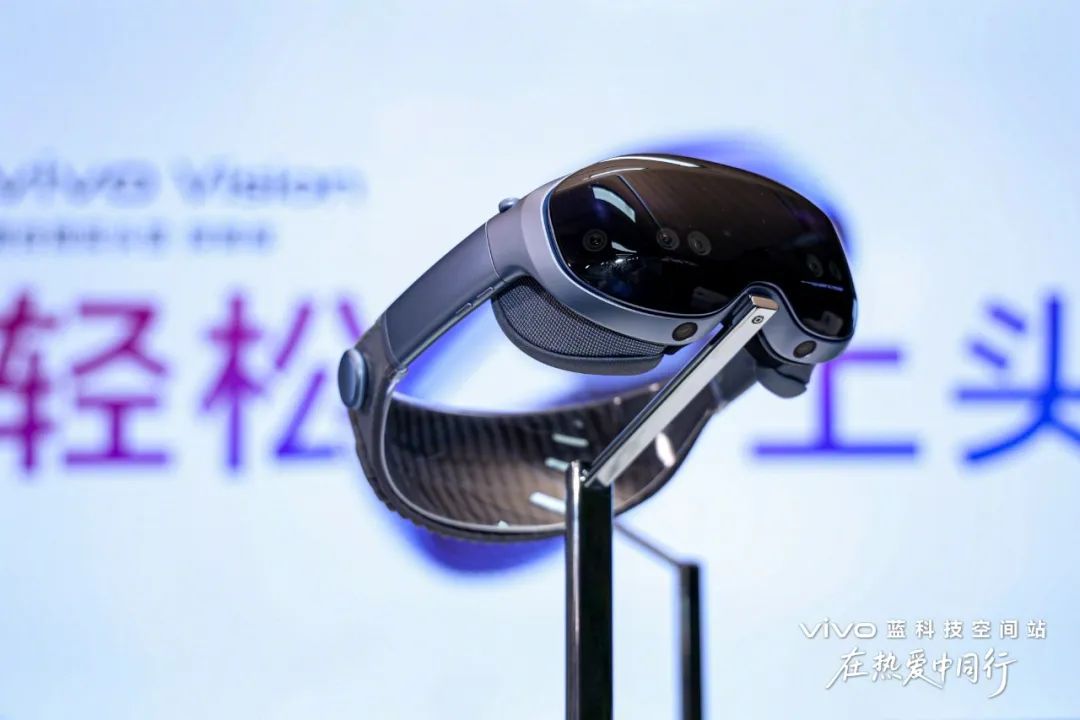
In the view of New Position, this is not a move to chase trends but an inevitable choice based on three decades of technological accumulation. From landline phones to smartphones, vivo's long-term experience in hardware design, imaging technology, and AI collaboration has laid a solid foundation for its entry into the MR field. Furthermore, its profound understanding of Chinese user scenarios allows it to accurately grasp the essence of localized demand.
Especially when the industry needs to shift from "quantity" to "quality" and the market demands products that truly resonate with users, vivo's entry is precisely a response to this expectation.
01. From Usable to User-Friendly, vivo Takes the First Step
Before the popularization of any revolutionary technology, there often exists a conspicuous paradox: the coexistence of long-term growth potential and specific implementation bottlenecks. The MR industry is currently at this delicate historical juncture.
At the technical level, the integration of immersive interaction and AI large models has indeed laid a theoretical foundation for the concept of "the next generation of computing platforms," making the future seem attainable. However, market feedback has been somewhat muted. The fundamental reason is that some manufacturers have fallen into a technological path dependence, eagerly pursuing the accumulation of parameters while ignoring the integration of users' daily high-frequency needs with real scenarios. This disconnect has led to many devices easily becoming "electronic dust" after the novelty wears off, unable to integrate into the fabric of daily life.
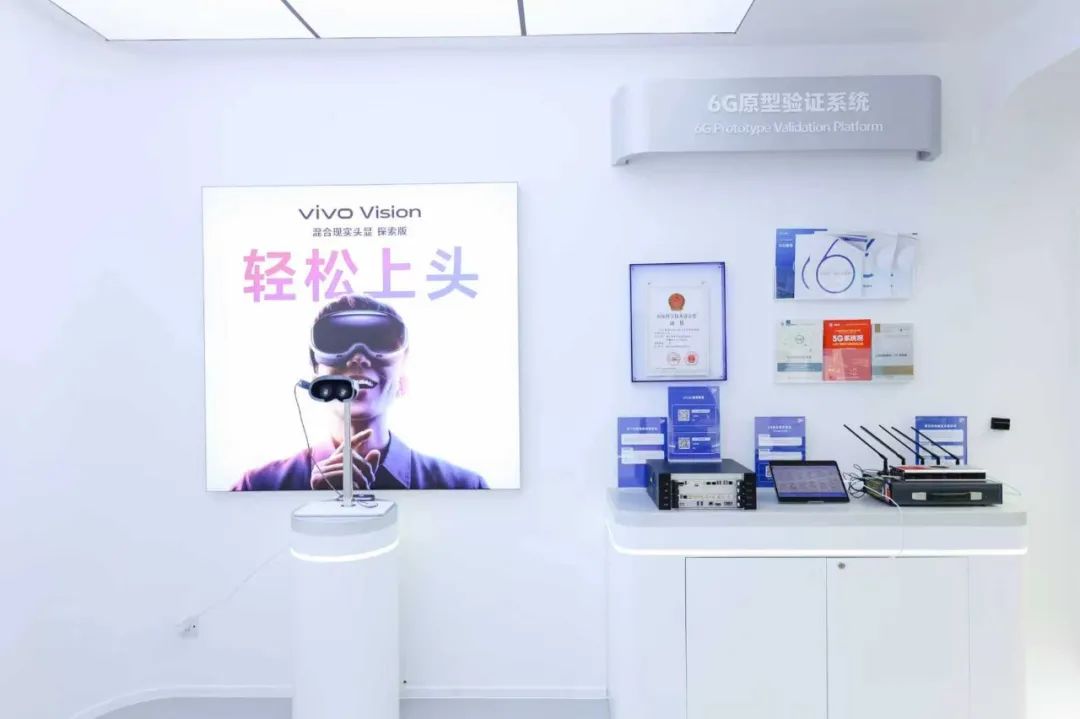
Overseas enterprises, constrained by cultural and practical barriers, have certain mismatches in their product design regarding interaction logic and scenario adaptation to the daily needs of Chinese users. This "water and soil incompatibility" restricts market penetration while also revealing the demand space for localized innovation.
This means that in the Chinese market, the core of competition is not necessarily the absolute technology from 0 to 1, but the precise grasp and response to users' nuanced feelings. Therefore, whoever can take the lead in breaking out of the vicious circle of parameter competition and focus on "making users willing to use it every day" will gain the upper hand in competition.
Against this industry backdrop, vivo's logic for launching the MR headset seems straightforward.
As a company adhering to "user-oriented innovation," vivo has accumulated three decades of experience in the consumer electronics field. From the era of feature phones, where it honed battery life and sound quality, to the era of smartphones, where it delved deeply into imaging and system fluidity, its core logic has always revolved around "users' high-frequency needs." This DNA extends to the MR field, naturally translating into the ultimate pursuit of "user-friendliness."
Specifically at the product level, vivo Vision utilizes aerospace-grade aluminum alloy material and distributed weight dispersion technology to control the weight at an ultra-lightweight 398 grams. More importantly, based on a vast database of Chinese head shapes, vivo Vision has also developed four shades and eight foam pads that precisely fit different facial features, solving the problem of light leakage and reducing facial pressure pain through pressure dispersion design, clearing the first hurdle for achieving long-term immersive experiences.

After addressing basic comfort, the next step is to make interaction intuitive.
vivo Vision adopts a high-precision eye-tracking combined with five-finger gesture recognition solution, with the core goal of "de-intermediation," allowing users to shed the dependence on controllers and achieve "what you see is what you point to, what you point to is what you get." This intuitive interaction design enables users to operate the virtual interface almost effortlessly, as naturally as touching real objects. Behind this is a VST delay as low as 13 milliseconds, ensuring the real-time and stability of the superposition of virtual and real, avoiding the sensation of dizziness caused by latency.
Of course, these innovations do not exist in isolation but are systematic optimizations centered around high-frequency needs such as "immersive viewing, efficient office work, and scenario-based entertainment." As Hu Baishan observed, "Users have the need for large screens. In the past, the solution was large-screen TVs, but TVs from 80 inches to 100 inches require a living room of six to seven meters, which is simply impossible for young families with small living spaces. MR is a better solution." The inclusion of the giant screen viewing function for home entertainment scenarios and the satisfaction of efficiency needs through multi-window office work are essentially translating technological innovation into "solving specific problems."
It can be said that from usable to user-friendly, vivo's first step is solid and clear. As of now, vivo has submitted patent applications in multiple core areas, covering key links such as display technology, interaction algorithms, and spatial modeling, providing robust support for being sufficiently "user-friendly."
From an industry perspective, these explorations are sufficient to position vivo at the forefront of the MR field. Behind this is not only a clear understanding of industrial contradictions but also its systematic ability to transform long-term technological accumulation into user-perceptible value.
02. Beyond the "Replacement Paradox," the Ultimate Goal of MR is Symbiosis
On the path of technological evolution, whenever a new terminal form emerges, the "replacement theory" always gains prominence. However, this binary opposition thinking of either-or often obscures the essence of technological development—deeper satisfaction of user needs.
Will mobile phones be replaced by MR? The answer is obviously no.
From vivo's long-term observation of the consumer electronics industry, this concern may confuse the essential difference between "scenario supplementation" and "functional replacement." As the smart terminal that accompanies users for the longest time and permeates the broadest range of scenarios, the irreplaceability of mobile phones is rooted in the deep binding of physical attributes and usage habits.
The portability of instant messaging, the security of mobile payments, and the lightweight nature of daily interactions are core scenarios formed after decades of iteration, which are precisely those that MR devices are currently difficult to fully cover. Just like the transition from the feature phone era to the smartphone era, the core communication function of phones never disappeared but found new forms of existence in richer scenarios. The relationship between mobile phones and MR is analogous.
The most unique value of MR lies in its unique advantage of presenting spatial information and multi-dimensional interaction, filling the gaps of existing terminals in immersive scenarios. For instance, it can convert planar information into a three-dimensional spatial model, allowing both parties in remote collaboration to "be placed" in the same virtual space; it can reconstruct the connection between humans and digital content through natural interactions such as gestures and eye movements; it can extend entertainment and office scenarios on mobile phones to more immersive dimensions...
These are all extensions of mobile phone functions, not replacements. Just as mobile phones, tablets, and computers each perform their roles while complementing each other, the core of the future smart terminal ecosystem also hinges on "scenario adaptation" rather than "either-or."
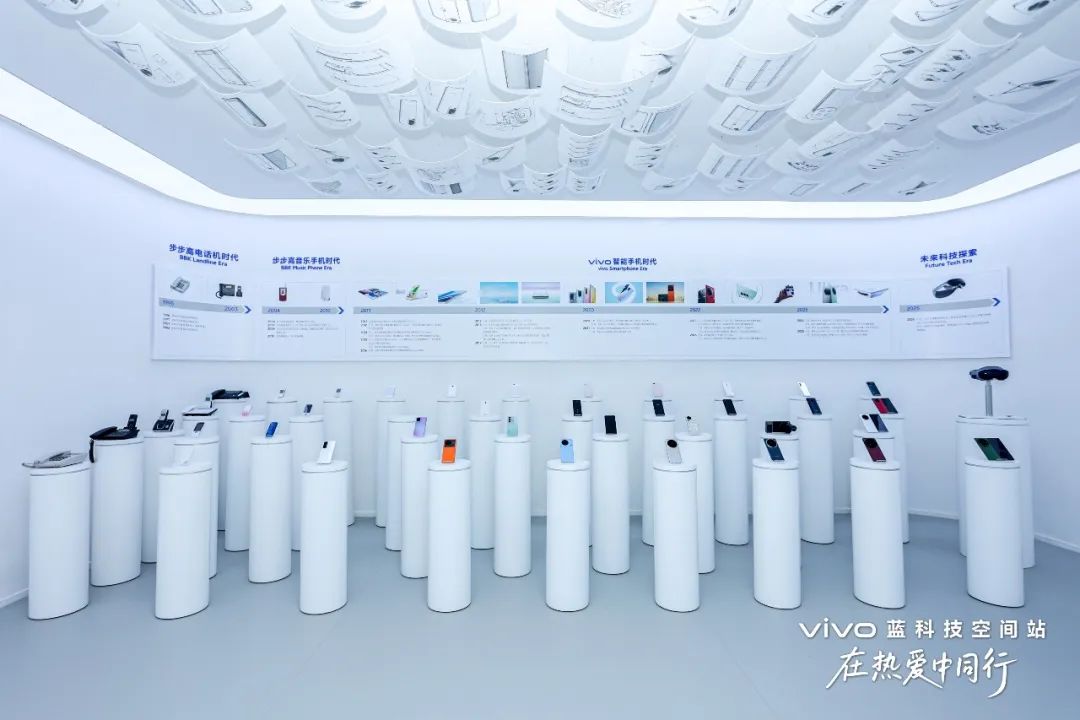
Based on this understanding, vivo's envisioned future smart terminal landscape is a "demand triangle" comprising mobile phones, MR, and robots: mobile phones serve as the "personal brain," undertaking basic functions such as high-frequency information processing and communication connections, acting as the hub of all scenarios; MR serves as the "digital avatar," focusing on spatial computing and immersive interaction to address the need for the fusion of virtual and reality; robots serve as the "physical avatar," responsible for executing actions in the real world, achieving a closed loop from digital instructions to physical operations.
These three are not isolated but form a seamless, full-scenario experience through a unified account system, data interoperability, and technological collaboration. This division of labor allows each device to maximize its value in its area of expertise, avoiding the functional overload of "one device for all."
The underlying collaboration logic is vivo's technology reuse strategy of "not reinventing the wheel."
For instance, advanced algorithms serving mobile phone imaging can empower MR's environmental perception and 3D reconstruction. The AI capabilities of mobile phones are also the foundation for robots to achieve intelligent decision-making. This means that it is not necessary to build a technology stack from scratch for each new category but to significantly improve R&D efficiency and ensure the consistency of technological iteration and user experience through platform-based capability sharing.
Of course, to bring this blueprint to life, especially in the Chinese market, it is imperative to choose an open rather than closed ecological path.
In response to the unique content needs of MR, vivo is attempting to reuse its successful experience of "win-win cooperation with developers" from the mobile phone era. It chooses to build an ecosystem in conjunction with local partners in education, entertainment, and other fields through open standards, allowing professionals to do what they do best. This not only avoids the content barrenness of a closed ecosystem but also swiftly responds to the scenario needs of Chinese users.
From the perspective of industry evolution, the "symbiosis" of MR and mobile phones is not an expedient measure but the inevitable logic of smart terminal development. Just as TVs did not replace radios and mobile phones did not replace computers, the emergence of each new terminal ultimately allows the entire ecosystem to more accurately match users' needs in different scenarios.
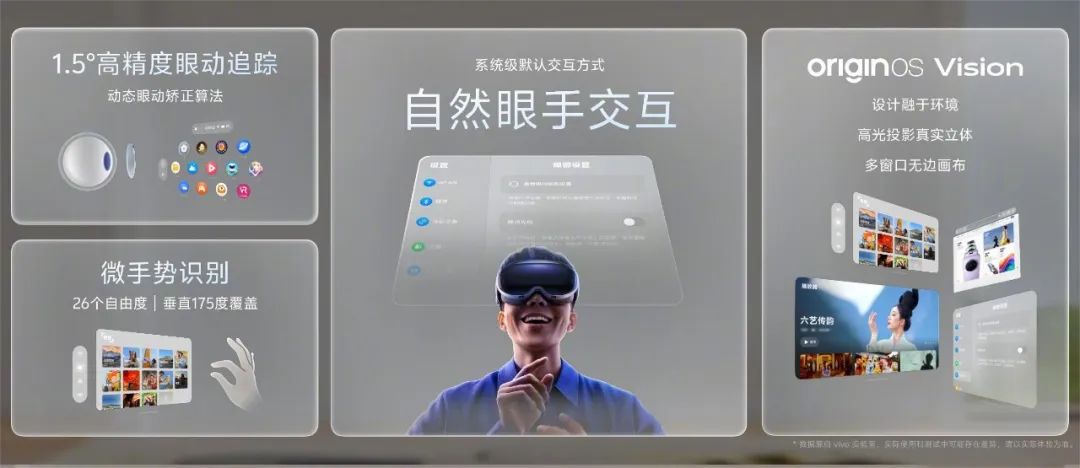
Without underestimating the core value of mobile phones or overestimating the replacement ability of MR, vivo's exploration is essentially seeking the optimal solution for this ecosystem, allowing technological innovation to always revolve around "human" needs. This may also be the core answer to solving the "replacement paradox."
03. Believing in MR is Not "Optional" but "Necessary"
The evolution of the technology industry has never been a sudden whim but an inevitable result of the long-term effects of multiple variables such as technology, demand, and industrial capability.
vivo's choice to enter the MR and robotics fields at this juncture is not a speculative move to chase short-term hotspots but a strategic decision made based on in-depth research and judgment on the evolution path of user experience, technology integration trends, and its own capabilities and endowments. This certainty stems from a core judgment: MR and the spatial computing it represents are an inseparable part of building the next generation of human-computer interaction forms.
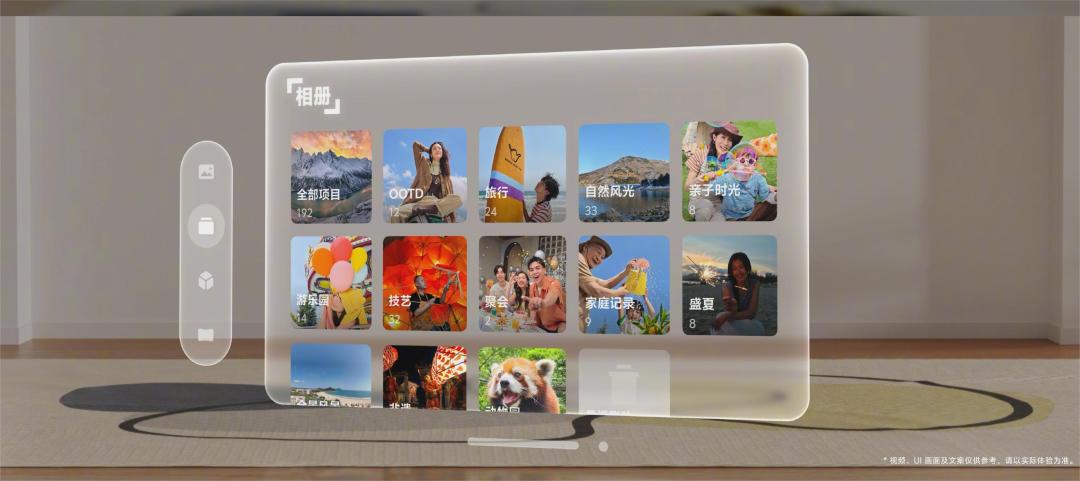
This inevitability stems from people's endless pursuit of the ultimate experience. Looking back at the past few decades, every major leap in human-computer interaction interfaces, whether from command lines to graphical interfaces or from keyboards and mice to touch screens, has greatly expanded the presentation dimensions of information and the naturalness of interaction.
MR, especially when combined with robotics technology, can liberate information from the confines of two-dimensional screens and seamlessly and concretely superimpose it on the three-dimensional physical world, achieving a dimensional upgrade of experience from "watching" to "being there." This makes the digital world no longer a virtual space parallel to reality but a fusion layer that enhances reality, improves efficiency, and enriches perception. Its revolutionary significance is no less than that of smartphones replacing feature phones.
The rapid pace of industry application adoption also confirms this inevitability.
In the forefront of manufacturing, automotive giants leverage Mixed Reality (MR) for immersive design reviews and virtual assembly, drastically reducing development cycles and costs. In the medical sector, MR technology enhances surgical precision by providing surgeons with stereoscopic anatomical navigation, transcending traditional imaging. In education and cultural tourism, immersive experiences bring knowledge acquisition and cultural appreciation to life...
Moreover, from a technological standpoint, pure Virtual Reality (VR) devices are evolving towards MR, integrating real-world perception. This shift is evident in the rapid increase of MR devices among newly released products in recent years, indicating a consensus in the industry and foretelling widespread adoption.
However, recognizing a trend and successfully executing it are two vastly different endeavors. Many startups, despite their forward-thinking concepts, often get stuck in the "valley of death" due to difficulties in mass production, high costs, and subpar user experiences. Here, established enterprises with deep roots, like vivo, can make a decisive impact. Their certainty stems largely from the systematic capabilities honed through their mobile phone business.
This assurance is not baseless. Firstly, vivo enjoys market trust. As a leading mobile phone manufacturer serving hundreds of millions of users, the "reliability" associated with its products significantly lowers the threshold and psychological barriers for consumers to explore the emerging MR category.
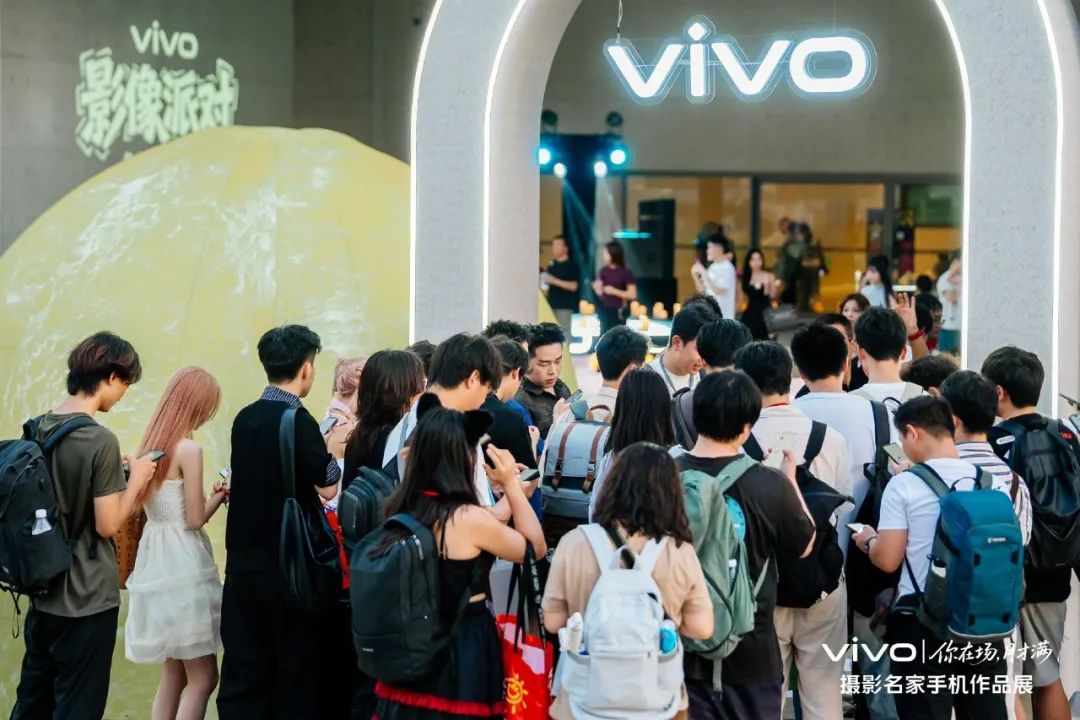
Secondly, vivo possesses top-tier supply chain integration and large-scale manufacturing capabilities. As Hu Baishan noted in a roundtable discussion prior to the launch event at vivo's parlor, "Many key hardware components of the current vivo Vision have already been established within the existing industrial system, negating the need for additional supply chains. Unlike the massive switch required when feature phones transitioned to smartphones fifteen years ago, today's supply chain system is mature and efficient."
Three decades of deep involvement in the consumer electronics industry have endowed vivo with the profound ability to mobilize global top resources, meticulously control costs, and ensure large-scale mass production and quality control. This directly addresses the long-standing bottleneck in the MR industry: "Excellent products cannot be manufactured, and if they are, they are unaffordable."
In Hu Baishan's perspective, balancing price and experience is crucial: "Considering the market performance of the X Fold, which sold over 600,000 units with an average selling price of 9,000 yuan in a year, as long as MR hardware meets high standards and falls within the affordability range of the masses, the user base issue will be resolved." This realistic assessment of the market makes vivo's industrialization path more viable.
Lastly, and critically, vivo boasts mature experience in ecosystem construction. The app store, developer support system, and partnerships with numerous developers cultivated during the mobile phone era can be swiftly repurposed for the MR ecosystem, effectively addressing the initial content scarcity and paving the way for MR's widespread adoption.
Therefore, vivo's market entry serves as a beacon, signaling the transition of the MR industry from the "early exploration" phase, driven by innovators, to the cusp of the "industrial explosion" led by large-scale enterprises.
vivo's confidence stems from not only foreseeing the future direction but also possessing a clear roadmap to get there. This roadmap is imbued with a reverence for user needs, respect for technological laws, and a pragmatic spirit that translates long-term visions into actionable steps.
*The title image and images within the text are sourced from the internet.

